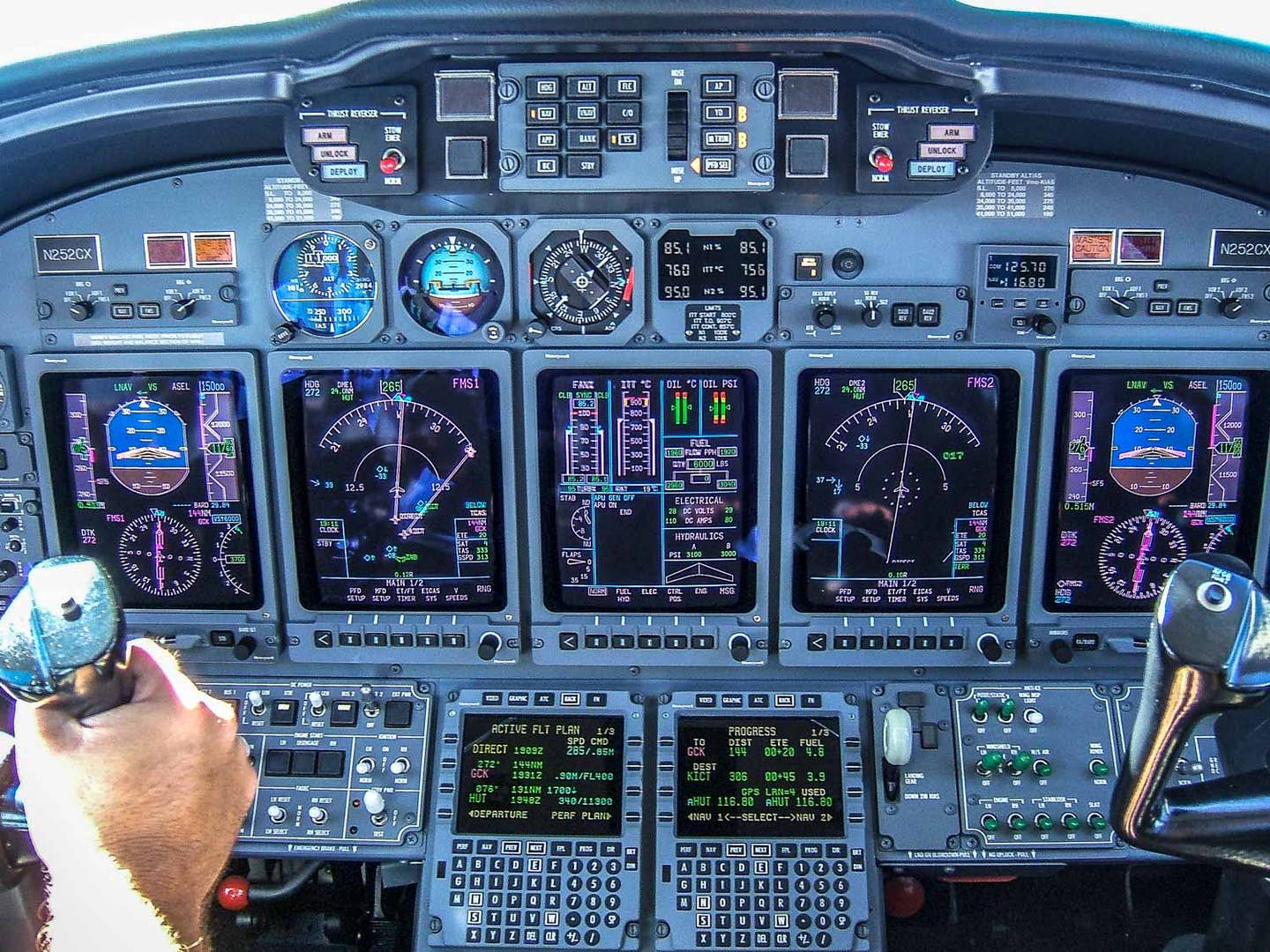
The new ACS for the ATP provides guidance for pilots intending to pursue a career in cockpits like this Cessna Citation X. Courtesy Julie Boatman
The FAA has released the new Airmen Certification Standards (ACS) for the airline transport pilot (ATP) rating, effective on June 28, 2019. The effort brings together the previously used practical test standards with additional requirements for the certificate, updates to the knowledge exam, and notes formerly distributed across a variety of source materials.
As with previous iterations of the new ACS, the Aviation Rulemaking Advisory Committee’s ACS Working Group took the opportunity to produce a new approach to testing and certification, coordinating task elements across the certificates. The process began with the private certificate, then moved through the instrument rating, with the commercial ACS debuting in June 2017. Further updates to the private and commercial ACS were issued in June 2018, keeping to a revision schedule set by the initial ACS directives.
One driver of the new ATP ACS can be found in the ATP rule change implemented in June 2013, with the split into single-engine and multi-engine ATP pathways. New questions for the written exam were boarded and incorporated, and then the development of the ACS was officially launched in June 2017. A draft of the standards was published in October 2018, and nearly 100 comments were considered in the final version.
The new ACS also covers type ratings, and references the new ATP-CTP course required for initial ATP applicants after August 1, 2014. The notes have also been moved into the appendices for clarity and easier reference, including advisories on the knowledge test, practical test eligibility and prerequisites, task tables, safety of flight, aircraft/equipment operational requirements, and use of FSTDs and ATDs. Barbara Adams, team lead for the program for the FAA's Training and Simulation Group, presented a summary at the World Aviation Training Symposium in Orlando, Florida, in early May, highlighting several features.
Tasks follow the organization of the private, commercial, and instrument ACS wherever possible, with stall-related tasks grouped into a separate Area of Operation, with knowledge and risk elements tailored to each stall iteration. Another streamlining element: Required landings are now grouped with their associated approach procedure. Additionally, all instrument-related tasks have been brought together.

Sign-up for newsletters & special offers!
Get the latest FLYING stories & special offers delivered directly to your inbox






